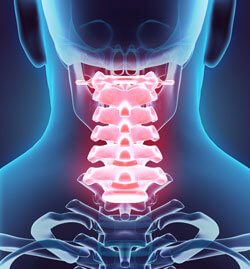Once You Go…

Even with daily brushing and flossing you’ll likely see your dentist on a regular basis. Your teeth and gums will feel fine. Absolutely no pain. Yet no one says, “Once you go to a dentist, you have to go for the rest of your life.”
Similarly, we have those who opt to see us on a regular basis. Even when they’re feeling great.
They want to stay that way. They know their spine and nervous system is constantly being stressed. Consider the emotional stress of our fast-paced lives. The chemical stress of fast-food diets. The physical stress of sitting all day. Not to mention the relentless effect of gravity!
Preventative chiropractic care is an option. As is regular brushing and flossing. Bathing. Getting enough restful sleep. Staying hydrated. These are personal choices that are made without being motivated by obvious aches or pains. Like your car, regular maintenance extends life.
Food That You Can’t Digest

An important part of a healthy diet is eating enough fiber.
Fiber is the indigestible part of our food. It passes through our bodies without breaking down and being absorbed. Even though it has little nutritional value, fiber is crucial to the digestive process. There are two kinds.
Insoluble fiber – This is the roughage or structural part of plants. Think of it as the “package” that transports the nutritional part of the plant. Obvious examples are celery, popcorn hulls, nuts, apples and fruits with edible skins.
Soluble fiber – This type of fiber forms a gel-like material when dissolved in water. It helps you feel “full” and helps reduce blood sugar spikes. Soluble fiber is found in peas, beans, citrus fruits, carrots, barley, oats and other grains.
We don’t digest fiber but it helps move material through our digestive system. Those with constipation or irregular stools may not be getting enough fiber.
Introducing the Atlas and Axis

To you, an atlas is probably a map. And the earth rotates on its axis. But to chiropractors, the atlas and axis are the two uppermost bones of your cervical spine. They’re so important, they have an extra name other than C1 and C2.
The atlas (C1) is the top cervical vertebra on which your skull rests. Below it is the axis (C2). Special ligaments link these two vertebrae, permitting 80 to 90 degrees of rotation. These two bones, working in tandem, are what you use to look both ways before crossing the street. Or over your shoulder when changing lanes.
Because your upper cervical spine is so flexible, it’s susceptible to injury. These two vertebrae are often involved in whiplash cases. Nerve messages, to every organ and tissue below your head pass through this vital area. No wonder we pay special attention to your atlas and axis. You should too.